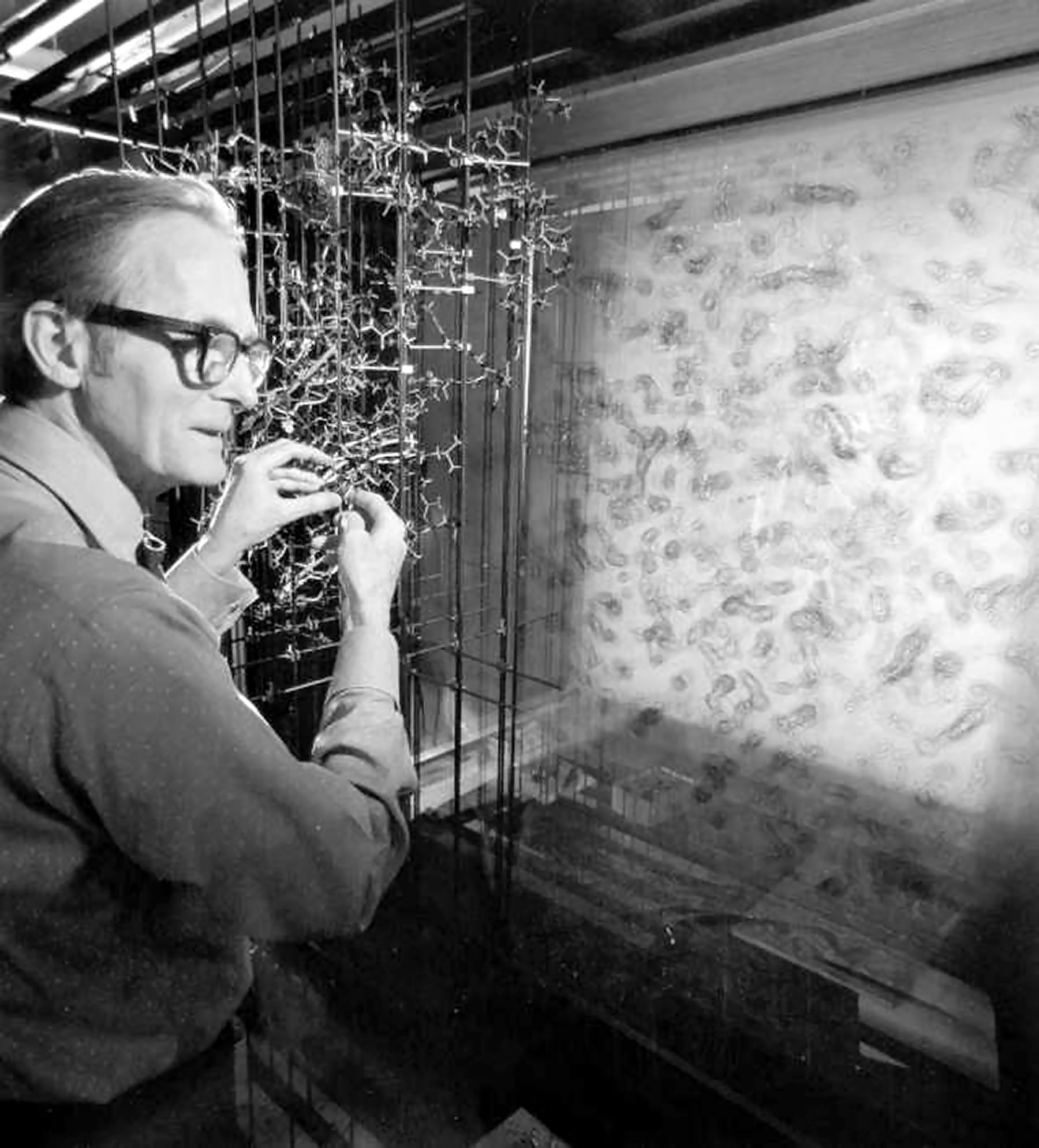William N. Lipscomb Centennial Celebration
On the afternoon of October 24, 2019 the Chemistry Department celebrated the 100th birthday (on December 9) of William Nunn Lipscomb, Jr., who is perhaps our most illustrious graduate. Bill Lipscomb grew up in Lexington, graduated in 1941 from the University of Kentucky with a major in chemistry, and earned his Ph.D. from CalTech in 1946, where his mentor was Linus Pauling.
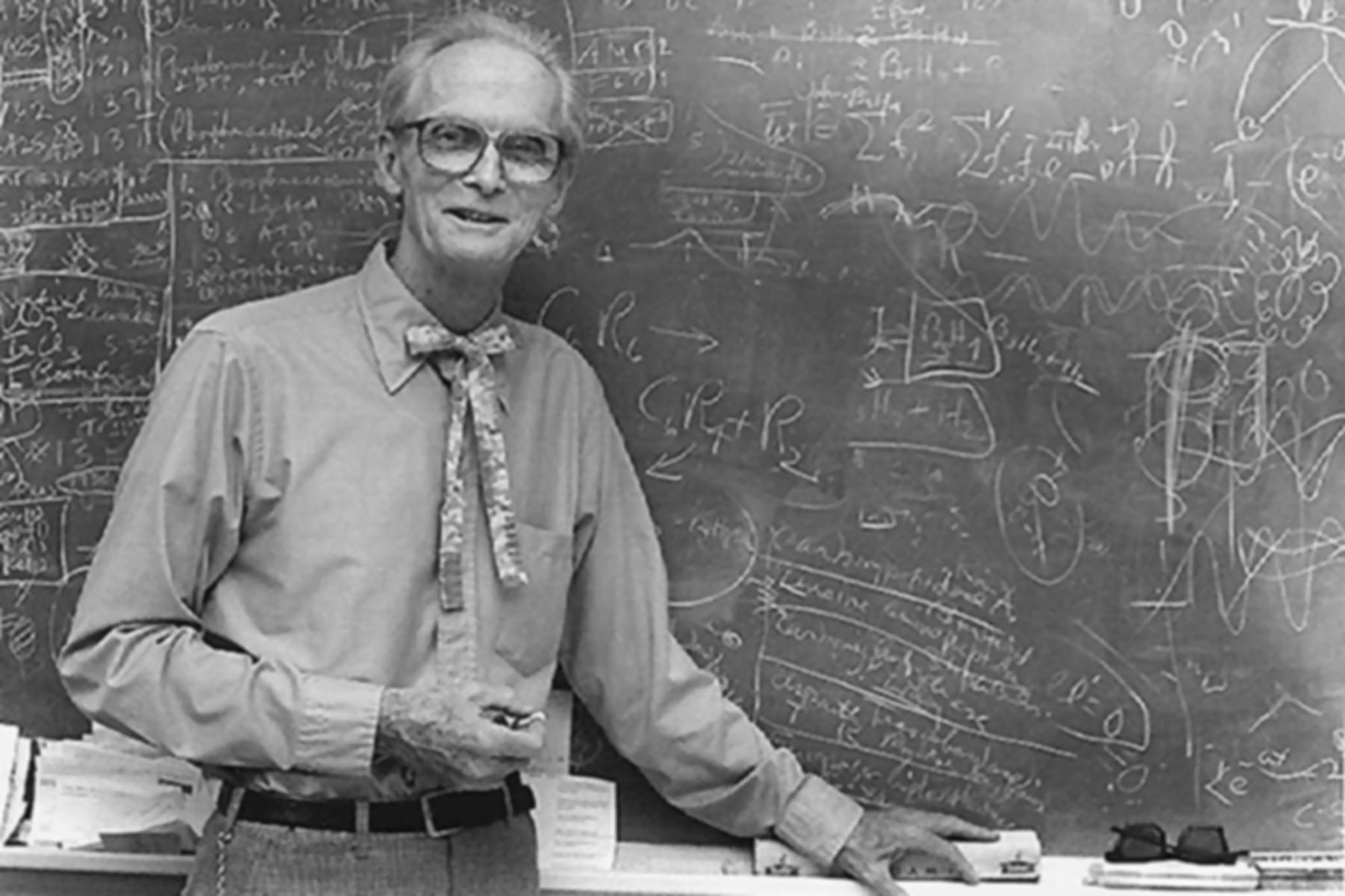
Harvard University File Photo
After 13 years as a faculty member at the University of Minnesota, Dr. Lipscomb was hired away in 1959 by Harvard University. In 1976 He was awarded the Nobel Prize in Chemistry for his work on the structures and bonding of boranes, which are compounds composed of boron and hydrogen atoms. Later Prof. Lipscomb was equally well known for his pioneering studies of atomic-level structures of enzymes.
The celebration, which will take place from 1-5 PM at the W. T. Young Library Auditorium, will be open to the public.
SCHEDULE OF EVENTS
1:00 p.m.
Welcome: Vice Provost Lawrence E. Holloway
Introduction: Prof. Carolyn P. Brock
1:15 p.m.
Prof. Marjorie Senechal
Smith College
2:15 p.m.
Prof. Irving R. Epstein
Brandeis University
3:15 p.m.
Coffee Break
3:45 p.m.
Prof. Douglas C. Rees
California Institute of Technology
4:45 p.m.
Closing Remarks
ABSTRACTS
Marjorie Senechal
Smith College
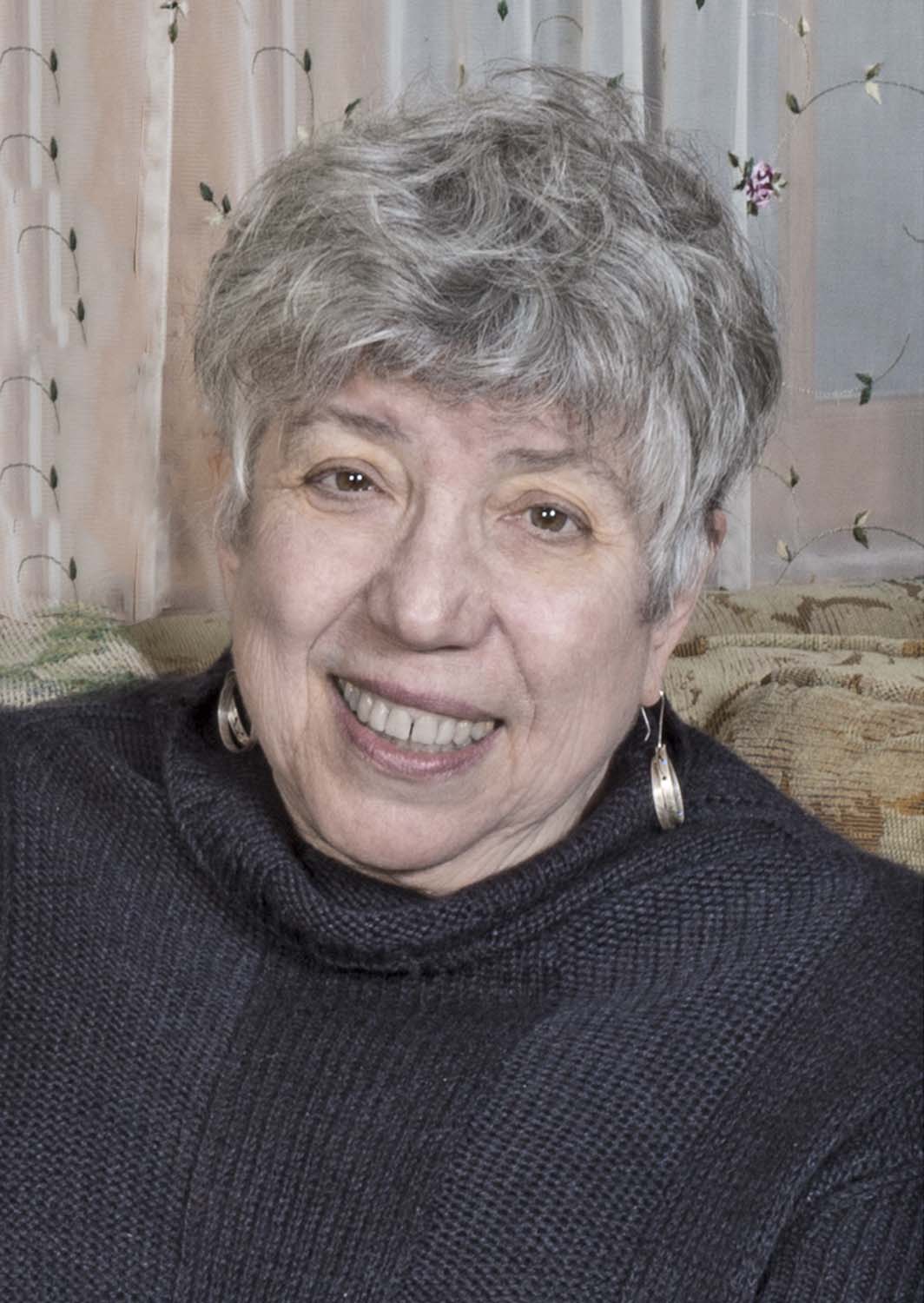
"Icosahedral Science": for Bill Lipscomb
Bill Lipscomb dedicated his Nobel lecture to my adored high school piano teacher --
his adored late sister Helen. I dedicate this to them both. Bill's interest in
mathematics was as broad as it was deep; I wish he were here to guide my questions.
"Icosahedral science" is a hybrid emerging from a quandary. In 1981, Alan Mackay
produced an optical diffraction with "forbidden" five-fold symmetry from a mask
of aperiodic tilings. The next year Dan Shechtman produced diffraction patterns
with icosahedral symmetry from alloys. Crystals-as-lattices soon went the way of
the geocentric universe: quasicrystals, as the alloys were dubbed, "fundamentally
altered how chemists conceive of solid matter." (And mathematicians too.) But if
crystals can't be modeled by lattices, how can we model them? The divisive search
for the elusive answers takes us back to basics. In my talk I'll outline the
arguments.
Irving R. Epstein
Brandeis University
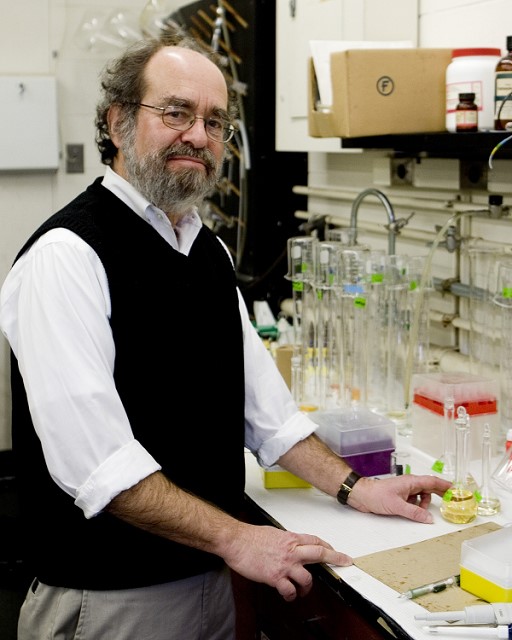
The Colonel, the Boranes and the Group–A Lipscomb Student Looks Back
I will review some of Lipscomb’s work on boron chemistry, including structure
determination of the boranes, the concept of three-center bonding, molecular
orbital treatments and the development of the extended Hückel method and localized
molecular orbitals. Traveling back to the late 1960’s and early 1970’s, I will
attempt to convey the flavor of doing science in the Lipscomb group in that era
through a series of (occasionally humorous) anecdotes, documents, a song, and a
look at the directions that some of my contemporaries have taken since leaving
the Lipscomb group. I will also present a brief look at my own scientific
endeavors and how, despite their apparent lack of connection, they may be traced
back to what the Colonel taught me about how to approach science.
Douglas C. Rees
California Institute of Technology
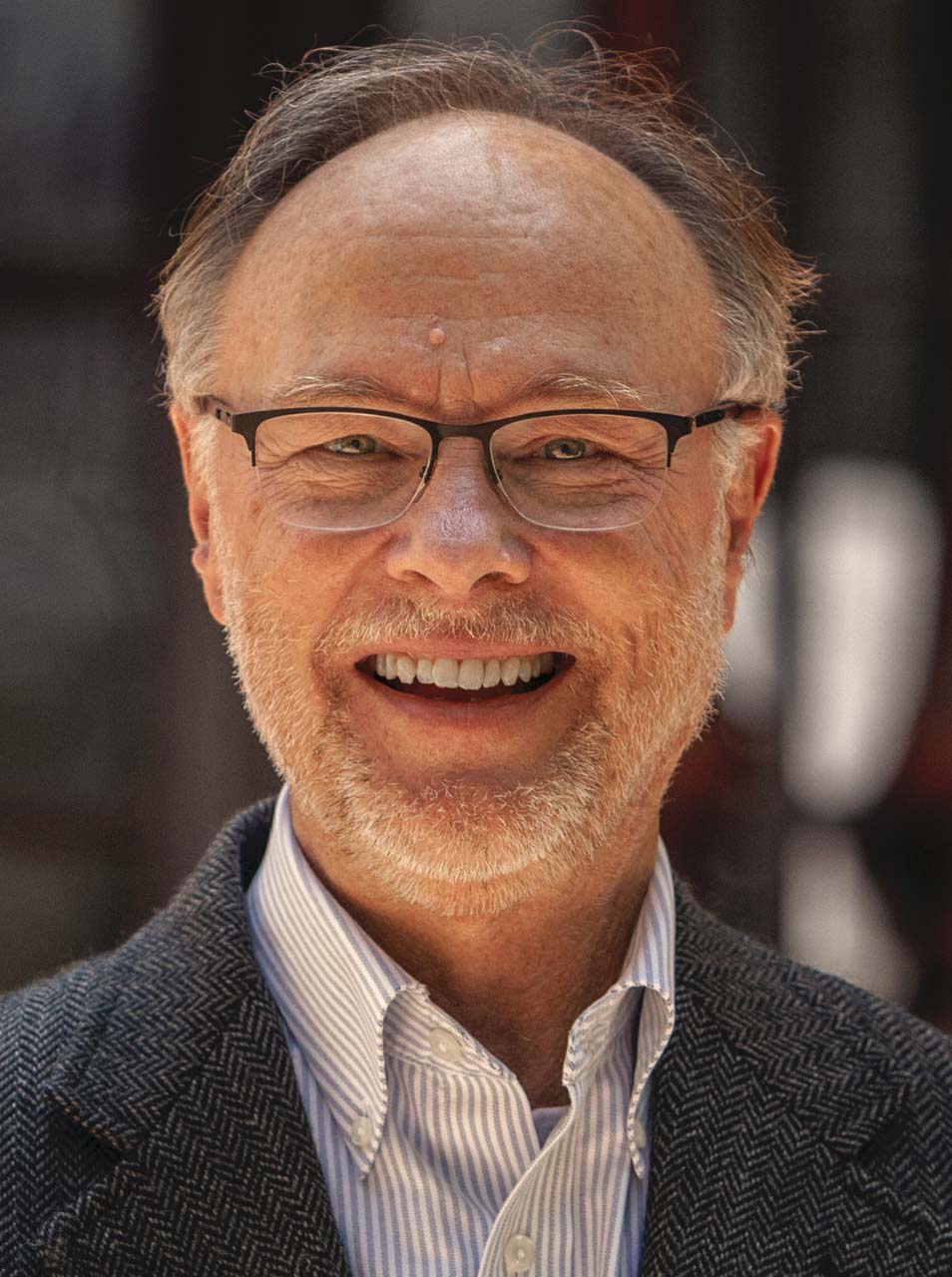
Ironing out the nitrogenase mechanism
Nitrogenase, the enzyme solely responsible for replenishing the nitrogen cycle
from atmospheric dinitrogen, catalyzes the ATP-dependent reduction of dinitrogen
to ammonia. The mechanistic questions related to how nitrogenase overcomes the
kinetic stability of the NN triple bond to fix dinitrogen under ambient conditions
have intrigued chemists for the past century. We have applied a structure-based
approach to examine how nitrogenase uses iron-sulfur metalloclusters and ATP-dependent
electron transfer to reduce dinitrogen and other substrates. Our studies have
established that binding of ligands to nitrogenase under turnover conditions can
be accompanied by the reversible displacement and rearrangements of sulfurs in
the catalytic FeMo-cofactor. A puzzling feature of the nitrogenase mechanism has
been how to reconcile the relative stability of the FeMo-cofactor with the reactivity
towards dinitrogen; these rearrangements provide clues into the process by which
the active site is activated during the catalytic cycle. Examples of the Colonel’s
pervasive influence on this work will be highlighted.
Lipscomb Bio
William Nunn Lipscomb, Jr. was born in Cleveland, Ohio on December 9, 1919; his
family moved to Georgetown, KY during his first year and then to Lexington before
he started school. He grew up in houses on Rosemont Garden, which was then near
the edge of town. His teachers at Sayre Elementary School and the city’s Picadome
High School struggled to keep him occupied; much of the time he taught himself
from books his teachers provided. A chemistry set supplemented by chemicals
obtained with the help of his physician father introduced him to experimental
science. At the University of Kentucky, Bill Lipscomb was supported by a music
scholarship; he was a life-long clarinetist of near professional ability. At UK
He again had mentors who worked with him outside of formal classes.
After graduation in 1941, Bill hitchhiked to California, where he started graduate work in physics at the California Institute of Technology. A semester later he switched to chemistry because of Linus Pauling. At Caltech, He was famous for his intellect, his practical jokes, and his skill on the baseball diamond. After completing his Ph.D. in 1946, Bill took a position as an Assistant Professor at the University of Minnesota, where his first graduate student, who was looking for a title that was both informal and respectful, started calling him Colonel. That nickname stuck and a plantation string tie became Prof. Lipscomb’s trademark. He never completely lost his Kentucky accent.
Much of the work for which The Colonel was awarded the 1976 Nobel Prize in Chemistry was done at the University of Minnesota, where he concentrated on expanding understanding of the chemical bond by analyzing the structures and bonding of boron hydrides and related compounds. Those compounds are usually discussed in undergraduate General Chemistry because their chemical bonding cannot be understood using the conventional rules. Around the same time Prof. Lipscomb’s group developed an early comprehensive theory of how to use nuclear magnetic resonance to determine simple chemical structures. Later, he was at least equally well known for his pioneering work on the three-dimensional structures of proteins, work that he started shortly after accepting a professorship at Harvard in 1959.
Prof. Lipscomb formally retired in 1990 but continued to work and publish for two more decades. He died on April 14, 2011.
For additional information about William N. Lipscomb see:
http://wlipscomb.tripod.com/index.html,
an extensive website maintained by James S. Lipscomb, and
http://www.nasonline.org/publications/biographical-memoirs/memoir-pdfs/lipscomb-william.pdf
the biography of Lipscomb written by Douglas C. Rees for the National Academy of Sciences.
Speaker Bios
Marjorie L. Senechal (née Wikler) is the Louise Wolff Kahn Professor Emerita in Mathematics and History of Science and Technology at Smith College in Northampton, MA, a Fellow of the American Mathematical Society, and the Editor-in-Chief of the Mathematical Intelligencer. Until age fifteen, Senechal lived on the grounds of the Lexington Narcotics Hospital (now the Federal Medical Center next to Masterson Station Park); then the family moved into town. After three years at Lafayette High School she entered the University of Chicago as a chemistry major but later switched to mathematics; her Ph.D. was earned at the Illinois Institute of Technology. Senechal has spent most of her career at Smith College, where she was introduced to crystallography by the brilliant mathematician Dorothy Wrinch. Senechal has wide interests; she is especially well known for her work in color symmetry and quasicrystals, and for her biography of Wrinch. As a young girl Senechal took piano lessons from William Lipscomb’s sister Helen.
Irving R. Epstein is a University Professor and the Henry F. Fischbach Professor of Chemistry at Brandeis University as well as a Howard Hughes Medical Institute Professor. After completing an undergraduate degree in chemistry and Physics at Harvard College, he spent a year at Oxford University earning a Diploma in Advanced Mathematics while working with Charles Coulson. A second Harvard-England cycle included a Ph.D. degree working with Lipscomb on bonding theory and a NATO Postdoctoral Fellowship at Cambridge. With Lipscomb, Epstein published the first accurate calculation of the barrier to internal rotation in ethane as well as work on boron hydrides and Compton scattering. Epstein’s career has been spent at Brandeis, where he has held administrative positions such as Dean and Provost in addition to running a research group. He is especially well known for his theoretical and experimental work on chemical reactions that are oscillatory or that produce spatial patterns, and for the coupling of such reactions in chemical and biological systems.
Douglas C. Rees is the Roscoe Gilkey Dickinson Professor of Chemistry, Dean of Graduate Studies at the California Institute of Technology and a Howard Hughes Medical Institute Investigator. After growing up in Lexington, where his father was a faculty member in UK’s School of Medicine, Rees earned his B.S. degree at Yale University. While taking a gap year working in UK’s Department of Biochemistry, Rees met Lipscomb and decided to enter the Biophysics Ph.D. program at Harvard to work with Lipscomb on the structure of carboxypeptidase. Rees did postdoctoral work at the University of Minnesota, then took a faculty position at UCLA; seven years later he moved to Caltech. Rees is a member of the American Academy of Arts and Sciences and the National Academy of Sciences. He is perhaps best known for his work that identified the "hidden" interstitial atom, now known to be C, in the center of the Fe7MoS9 cluster of the FeMo cofactor of nitrogenase. In September, Rees was named by the Royal Swedish Academy of Sciences as a co-recipient of the 2020 Gregori Aminoff Prize.
